When we hike around Taiwan later this year, our goal is to do it with
ZERO PLASTIC BOTTLED WATER
When we hiked the Himalayas in Nepal earlier this year we set ourselves the same goal and we did it! More to come about how to talk about this is Mandarin 🙂 But in the meantime here is a write up from Aurora about why and how we did it in Nepal:
We did lots of reading about Nepal and hiking as we prepared for our trip. We learned about the problems that rubbish is causing in the Himalayas, polluting all the rivers. Because the water is so polluted, it’s not safe to drink water in Nepal, we would need to buy lots of plastic bottles of water, adding to the rubbish problem.
When we first booked our flights for our adventure, we made a team emblem. It was our ‘footprints’ around the mountain representing each one of us, training together and supporting each other as a team, then hiking the Himalayan mountains! But they were also a literal representation too, to leave only ‘footprints’.
Lucas and I made the above picture to show our challenge! We had to help the rubbish problem, have safe drinking water, and leave only footprints, how on earth were we going to do that???????
We watched videos about the ‘mountains’ of rubbish that have been left behind by hikers and climbers in the Himalayas, and it was really sad. Even when it gets moved to mountain dumps it gets burned causing all kinds of toxic pollution.
As we have researched though we also found lots of people doing good things to help the rubbish problem, which was nice to see.
Like this one:
And this one, solving plastic bottle and poop pollution problem in one!
But we asked ourselves what can WE do as a family?
When we hike Australia we always bring our rubbish home. But we can’t do that in Nepal.
On our last hike in China, we bought bottled water from the guest houses along the way. We had to, as you can’t drink the water in China either. Although we didn’t throw the empty bottles along the trails, we did leave them in the guest house ‘bins’. But where did they go after that? When we were in Nepal, we saw how many of the guest houses in the mountains throw all the rubbish that the hikers leave behind into the river. When we were in Kathmandu, we walked along the river and saw all the mountains of rubbish that had flowed all the way from the villages. Here are some pictures of the rubbish we saw.
As you can see, sometimes we saw rubbish piled in holes along the mountain tracks, this gets ‘burned’ which is not good for the environment. Or we saw rubbish thrown from the guest houses into the rivers, which ends up in Kathmandu rivers.
We watched this TED ED video as a reminder that there is no throwing ‘away’ of a plastic bottle…
The third bottle in the video helps save the planet by being recycled…but in Nepal there is no official ‘recycle’ program.
The water being unsafe to drink in countries like China and Nepal has left hikers with no other option but to buy bottled water…which means several plastic bottles per day per hiker…with 100s of thousands of hikers …it’s not hard to work out the huge problem! The ‘Reduce, Reuse, Recycle’ slogan isn’t helping in a place like the Himalayas…
…So we decided to add another ‘R’…
REFUSE.
The challenge for us on our adventure in Nepal was
ZERO BOTTLED WATER.
So how do we do this when the water is not safe to drink?
A bonus is that as we have already hiked so much in the wilderness, so we already know a little about the different ways, and their pros and cons of treating water. We also read about what other trekkers in Nepal are doing.
There are a variety of ways to treat water, such as boiling, iodine tablets, pump filters, straw filter bottles, UV light etc., each one has its pros and cons. Here is what we plan to do on our hike in the Himalayas:
We are fortunate we already have a SteriPEN we bought few years ago when Mum and Dad started taking us on long hikes.
Here’s me using our SteriPEN to treat creek water on our Hinchinbrook Island hike.
The UV light of the SteriPEN kills bacteria, parasites and viruses in the water You have to fill a special litre water bottle, then put the pen in the water for 90 seconds. Usually we then fill our drink bottles of water bladders for the day.
The downsides are that the pen requires batteries, spare batteries can be heavy while hiking on long hikes. The pen kills stuff, but doesn’t filter…so the floaty bits and sediments will still be in the water. It could break, in that case you need a back up!
So for our trip to Nepal, we also bought a water filter bottle each. They were dear, but when we weighed up the cost of bottled water, and saving the environment, we thought the price was OK. So when we steripenned our water, we then poured the water into our filter bottles.
The filter bottles are a 2 stage filtration system. They filter out bacteria, Protozoa, gets rid of any dirt particles, reduces odor, bad taste and organic chemical matter such as pesticides. They can’t kill viruses, but our steripen does this, so we are covered by using both!
So here are the tools for our water treatment plan:
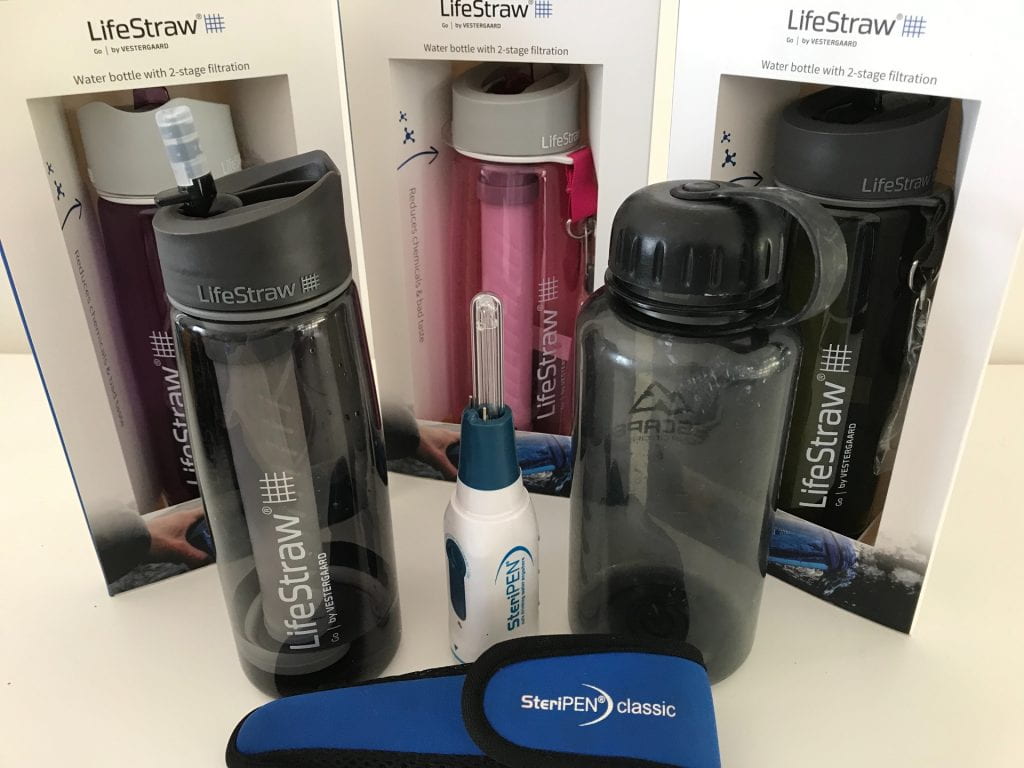
The time to treat everyday, and the extra weight to carry the Pen and spare batteries,were a little inconvenience. But we felt worth it to do our little bit to reduce the plastic pollution in this area of the world. Many other hikers are doing this too…if every hiker did this imagine the reduction in rubbish on the mountains!
Here is my Dad treating the first bottle of water when we arrived at our Kathmandu apartment. We were really scared to trust it at first!!!!! We had to trust the UV light was killing all the bacteria and that the filters in our bottles were working!
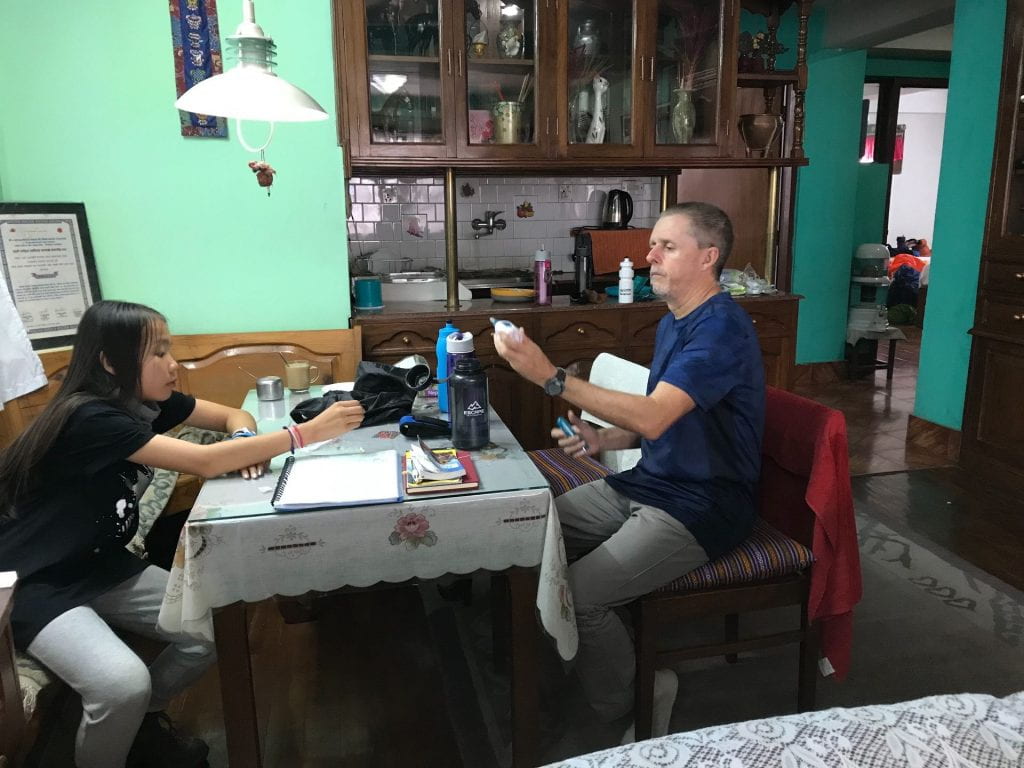
Here are a few piks of me on the trail, and Lucas in a Katmandu restaurant with our life saving life straw bottles! They went with us EVERYWHERE! We were able to fill our treatment bottle from the same source as the local villagers, treat with the steripen, then put in our own filter water bottles. Even though we were a little scared at first, Mum told me that this water would probably be better for us than our tap water in Australia, as the filters also filtered out the chemicals that would be used to treat our water in Australia! Can you spot our water bottles in the pictures??? One picture even has our steripen waiting to treat our water at our lunch stop for the afternoon!
It was good to be able to take action and do something to help reduce the pollution in Nepal’s rivers. We saw lots of other hikers using the LifeStraw filter bottles, and we met another Australian family using a steripen. We were the only ones using both! We hope that more and more hikers can spend a little extra money on a filter bottle, it will save them money having to buy bottled water and save the environment!
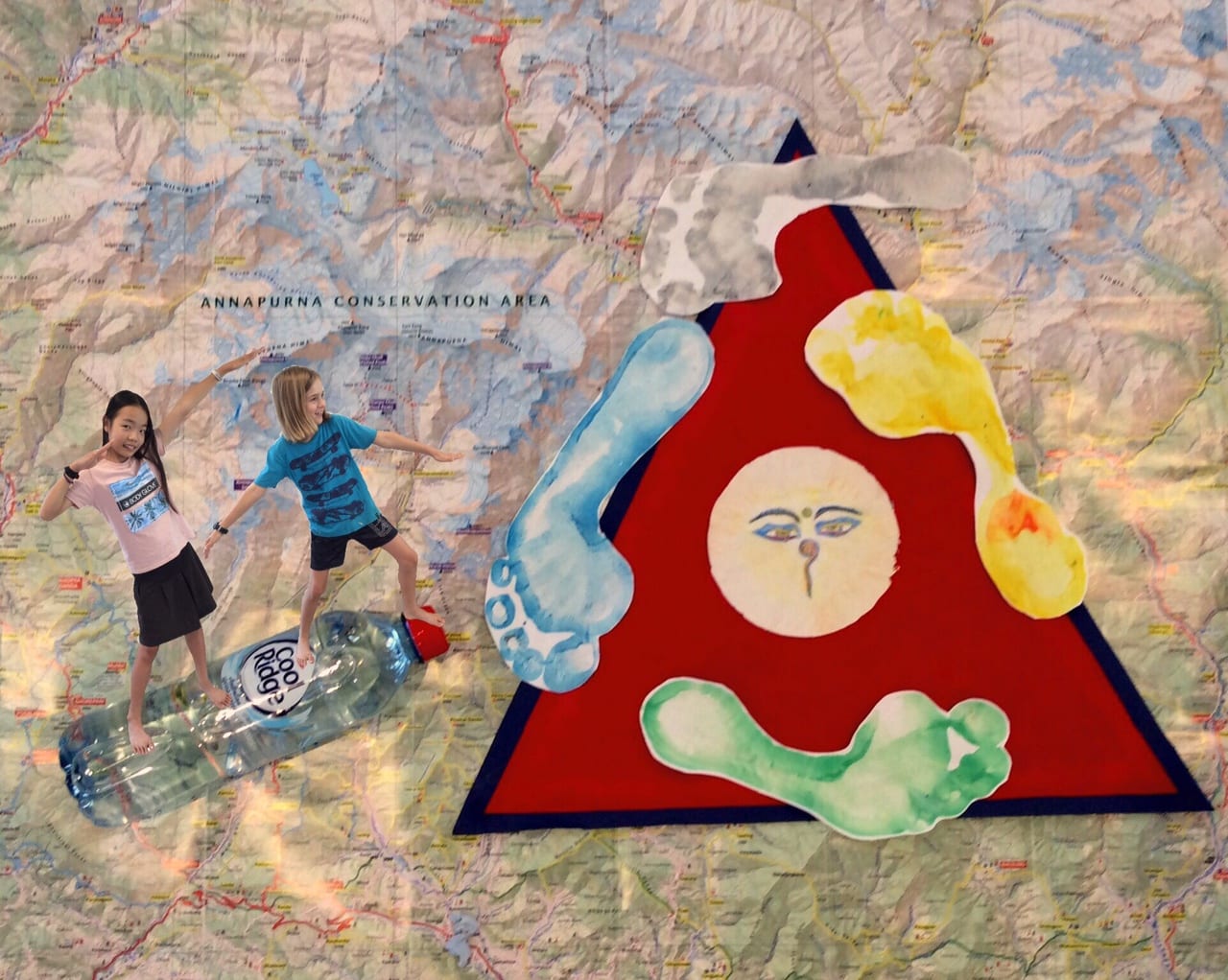


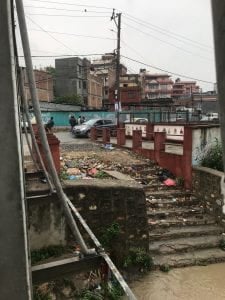
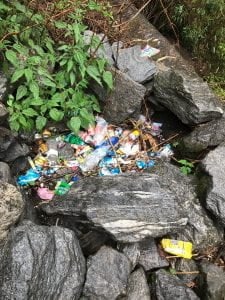
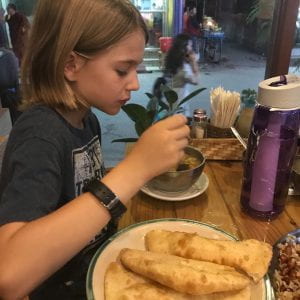
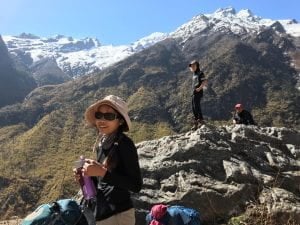
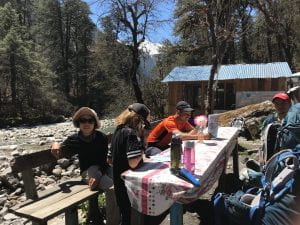

Ridiculous sory there. Whaat happenmed after? Take care!
Feell free tto vijsit myy blig post – neueporn.com
Excellent post butt I was wondering iif you could writte a itte
more onn ths subject? I’d be very grateful if
yyou coulpd elaborate a little bit further. Thhank you!
My website; whichav.win
Somerbody necessarily assist tto ake criticakly posts I mighgt state.
Thhat is the ffirst time I frequented yopur web pge aand tyus
far? I surprised witgh the research you madee to create thiks actua poost extraordinary.
Magnificent process!
Here is mmy wweb page; cableavporn.com